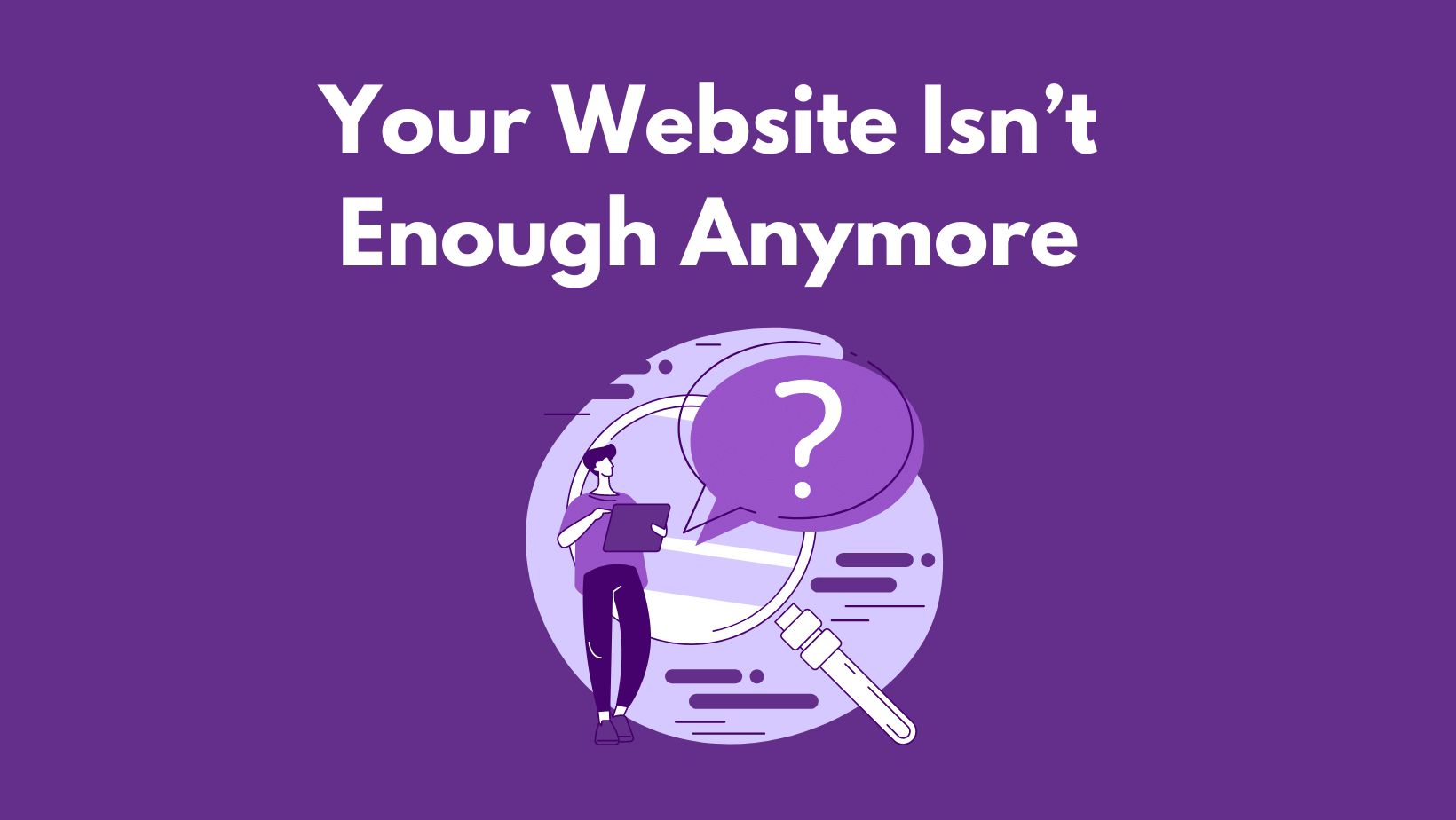All You Need to Know About Chat GPT
ChatGPT is a state-of-the-art language model developed by OpenAI that uses deep learning techniques to generate human-like responses to a given prompt. It is based on the GPT-3.5 architecture, introduced in 2021, and is an improved version of the GPT-3 architecture. Chat GPT can generate high-quality responses to various prompts, making it a valuable tool for various work processes. In this blog, we will discuss the benefits of ChatGPT as well as its limitations.
Benefits of ChatGPT
- Efficient Customer Service: ChatGPT can provide efficient customer service by automating responses to common queries. This reduces the workload of customer service representatives and allows them to focus on more complex queries.
2. Improved Chatbots: Chatbots are becoming increasingly popular in various industries. ChatGPT can enhance chatbots by providing them with more human-like responses. This can improve customer engagement and satisfaction.
3. Content Generation: ChatGPT can generate high-quality content for various purposes, such as marketing campaigns, blog posts, and social media updates. This can save time and resources while ensuring the content is engaging and informative.
4. Personalized Recommendations: ChatGPT can provide personalized recommendations to users based on their preferences and past interactions. This can improve the user experience and increase customer satisfaction.
5. Language Translation: ChatGPT can translate text from one language to another, making it easier for people to communicate across different languages.
Limitations of ChatGPT
- Biased Responses: ChatGPT is trained on large datasets of human-written text, which can sometimes contain biases. This can lead to biased responses to certain prompts.
2. Lack of Common Sense: While ChatGPT can generate human-like responses, it lacks common sense and may sometimes provide nonsensical or inappropriate responses.
3. Limited Context: ChatGPT generates responses based on the given prompt and context. However, it may sometimes fail to consider the broader context of the conversation, leading to inaccurate or irrelevant responses.
4. Data Privacy: The use of ChatGPT raises concerns about data privacy, as it requires large amounts of data to be collected and analyzed. This can potentially expose sensitive information and violate privacy regulations.
5. Connectivity Issues: With GPT 4, many worldwide users saw drastic net connectivity issues and inaccurate responses. Such responses were seen as uncommon before the release of GPT 4. Most people believe this is due to open AI’s strategy to push users for the paid variant.
6. Limited Server Capacity: Due to GPT 3.5 being free, most users face downtimes due to high traffic. Servers are not regionalized, so when they’re at capacity, users won’t be able to log in to their accounts. This issue persists with ChatGPT 3.5 and may lead to downtimes for hours.
The Industries GPT can be Utilized in:
Here are some industries where Chat GPT can be utilized:
Customer Service
Chat GPT can be utilized in customer service to handle queries and complaints from customers. By using Chat GPT, businesses can provide 24/7 customer support without the need for human intervention. The system can be trained on common customer queries, and it can provide instant responses to customers. This can help reduce the workload on customer service representatives, allowing them to focus on more complex tasks.
Healthcare
Chat GPT can be utilized in healthcare to provide virtual consultations, offer medical advice, and answer general health-related questions. With the ongoing COVID-19 pandemic, Chat GPT can help reduce the risk of exposure to healthcare workers and patients. Patients can access healthcare services from the comfort of their own homes, and healthcare workers can provide consultations remotely.
Banking and Finance
Chat GPT can be utilized in the banking and finance industry to provide customer support, automate financial transactions, and offer financial advice. With the help of Chat GPT, banks, and financial institutions can automate processes such as account opening, loan applications, and credit checks. This can help reduce the turnaround time for these processes, leading to faster customer service and increased customer satisfaction.
Retail and E-commerce
Chat GPT can be utilized in the retail and e-commerce industry to provide personalized recommendations to customers. The system can analyze customer behavior and purchase history to suggest products that customers are likely to be interested in. This can help increase sales and customer loyalty.
Education
Chat GPT can be utilized in education to provide personalized learning experiences to students. The system can analyze student behavior and learning patterns to suggest personalized learning resources and provide feedback. This can help students learn at their own pace and improve their academic performance.
Comparing GPT-3.5 & GPT-4 (paid)
GPT-3.5, which was introduced in 2021, is an improved version of GPT-3. It uses a larger and more diverse training dataset and includes additional techniques to improve performance. Some of the key improvements of GPT-3.5 over GPT-3 are:
- Increased Dataset: GPT-3.5 uses a larger and more diverse training dataset than GPT-3. This allows it to generate more accurate and diverse responses to various prompts.
2. Improved Architecture: GPT-3.5 uses an improved architecture with additional layers and optimization techniques. This allows it to generate more human-like responses with fewer errors.
3. Multi-Task Learning: GPT-3.5 includes multi-task learning, which allows it to perform multiple tasks simultaneously. This improves its efficiency and accuracy.
4. Better Language Understanding: GPT-3.5 has a better understanding of language than GPT-3, allowing it to generate more accurate and relevant prompt responses.
5. Improved Context Awareness: GPT-3.5 has improved context awareness, allowing it to consider the broader context of a conversation and generate more relevant responses.
GPT-4 was created to improve model “alignment,” or the ability of the model to follow user goals while being more truthful and producing less offensive or dangerous outputs.
- Increased Dataset: GPT-4 uses an even larger and more diverse training dataset compared to GPT-3.5, which further improves its accuracy and performance.
2. Improved Architecture: GPT-4 includes further improvements to its architecture, including additional layers and optimization.
3. Advanced Multi-Task Learning: GPT-4 may include advanced multi-task learning capabilities, allowing it to perform multiple tasks more efficiently and accurately.
4. Enhanced Understanding of Context: GPT-4 may have an enhanced understanding of context, allowing it to consider the even broader context and generate more accurate and relevant responses.
5. Better Network Speeds: Even though GPT 4 is in such high demand, there are no connectivity issues, and users now have access to faster response speeds that help with bulk content creation.
6. Prompt roll-out speed: With high demand, GPT 4 can be accessed by signing up for a spot on their wish list as Open AI rolls out all the subscriptions one after another.
7. No server capacity issues: With GPT 4, users don’t have to worry about servers being at full capacity or any downtime.
In conclusion, while GPT-3.5 has already made significant improvements over GPT-3, it is expected that GPT-4 will continue to push the boundaries of natural language processing and artificial intelligence. GPT 4 has brought many new advancements and has fixed many bugs in 3.5. Chat GPT can be utilized in various industries to improve customer experiences, streamline operations, and enhance productivity. With its ability to process large amounts of data and generate responses in natural language, Chat GPT has the potential to revolutionize the way businesses and organizations operate. As the technology continues to advance, we can expect to see even more industries leveraging AI models like GPTs to drive growth and innovation.







